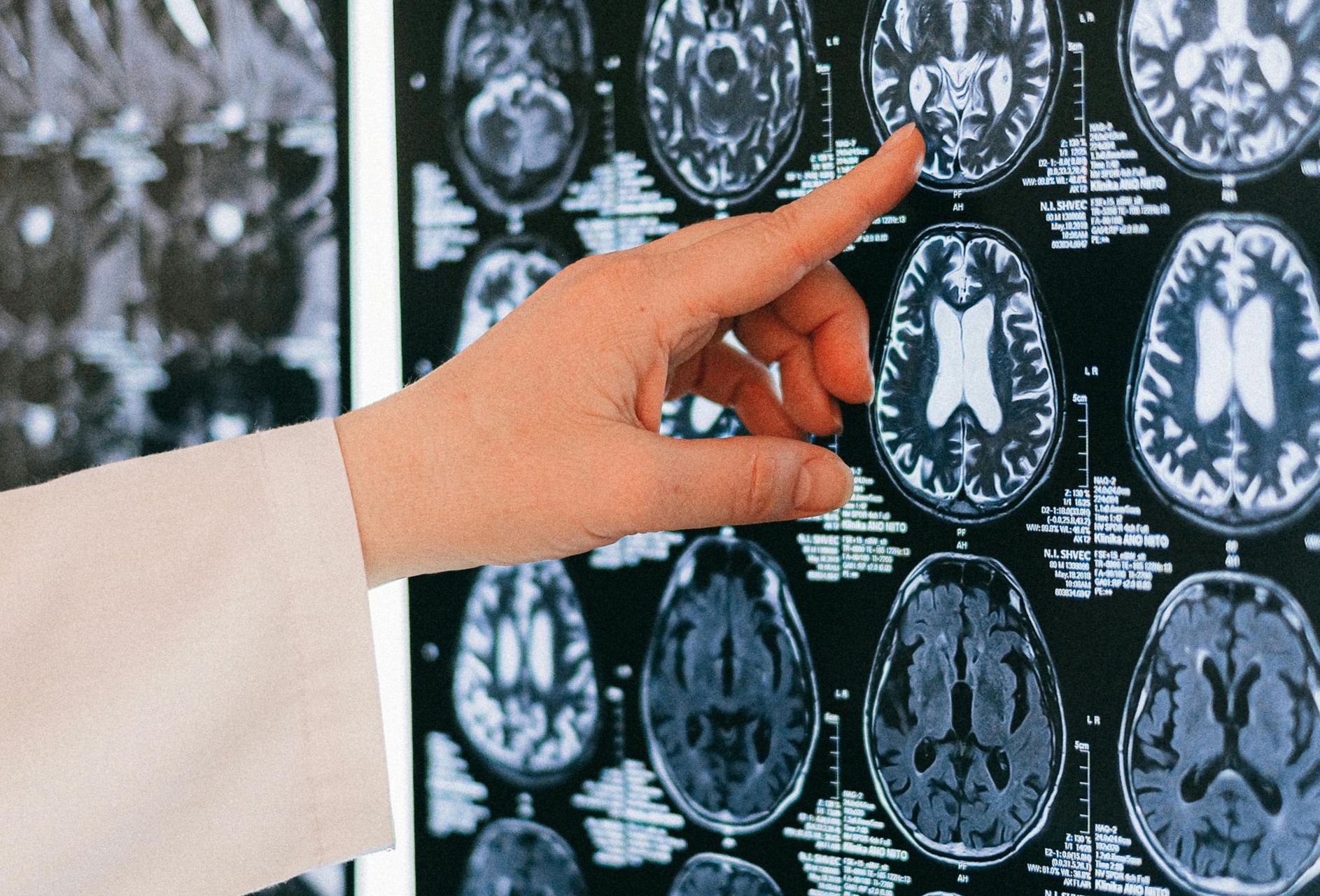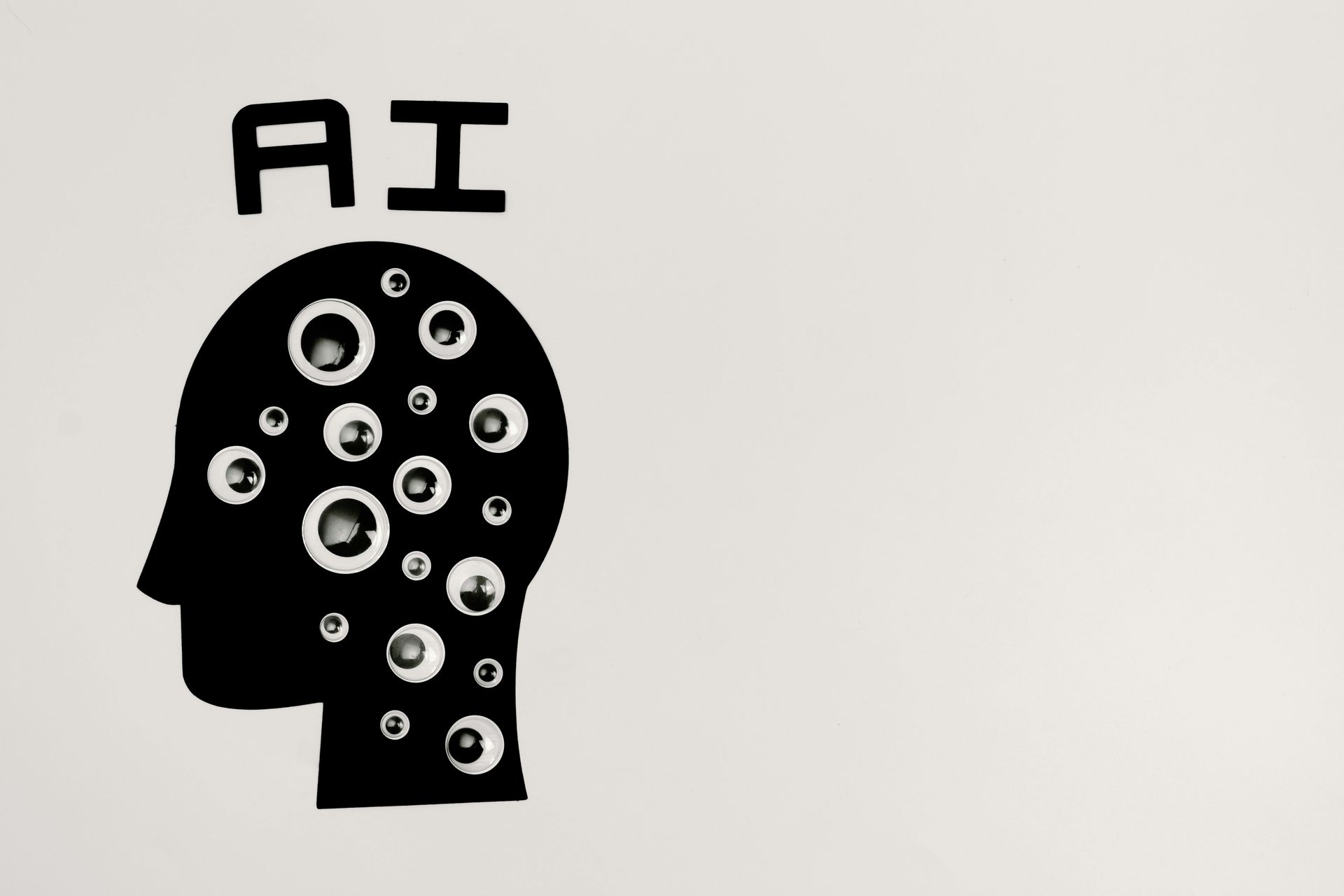Cardioversion is a medical procedure that is commonly used to treat arrhythmias, which are abnormal heart rhythms. The goal of this procedure is to restore the heart's normal rhythm and improve its efficiency in pumping blood throughout the body.
How is Cardioversion Performed?
There are two primary methods of performing cardioversion - electrical cardioversion and chemical cardioversion.
Electrical cardioversion involves the use of paddles or patches placed on the chest. These paddles deliver an electric shock to the heart, momentarily stopping its activity. The shock is timed to occur during a specific phase of the heartbeat, with the intention of allowing the heart's natural electrical system to resume a normal rhythm.
Chemical cardioversion, on the other hand, utilizes medications to restore the heart's normal rhythm. These medications are typically administered intravenously and have the ability to regulate the heart's electrical impulses, effectively returning it to its natural rhythm.
Benefits of Cardioversion
The primary benefit of cardioversion is the restoration of a normal heartbeat. This can alleviate symptoms such as palpitations, shortness of breath, fatigue, and chest discomfort that are often associated with arrhythmias. By restoring a regular heart rhythm, cardioversion can improve the heart's efficiency and decrease the risk of complications such as blood clots and heart failure.
Who is a Candidate for Cardioversion?
Cardioversion is typically recommended for individuals who have a persistent or long-standing arrhythmia that has not responded to other treatments. This procedure is commonly used for atrial fibrillation, which is the most common type of arrhythmia and can lead to an increased risk of stroke if left untreated.
It is important to note that cardioversion may not be suitable for everyone. Factors such as the underlying cause of the arrhythmia, the duration of the arrhythmia, and the presence of other medical conditions can influence whether or not cardioversion is appropriate. A thorough evaluation by a healthcare professional is essential to determine the best course of treatment.
Conclusion
Cardioversion is a medical procedure that can restore a normal heartbeat in individuals with arrhythmias. Whether performed through electrical shock or medications, cardioversion aims to improve the heart's efficiency and alleviate symptoms associated with irregular heart rhythms. If you or someone you know is experiencing an irregular heartbeat, it is crucial to seek medical attention and discuss the possibility of cardioversion as a treatment option.










